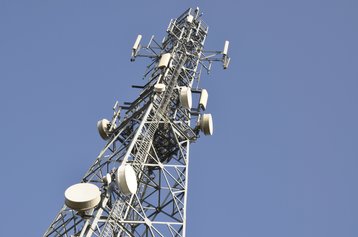In 2020, the first commercial services based on fifth generation wireless networking, otherwise known as 5G, will begin to be rolled out. And even though the relevant standards are not due to be approved before the end of 2017, the race to deliver the infrastructure required is already on.
5G will enable wireless network operators to stream gigabits of information to end-user devices with latencies as low as one millisecond, blowing today’s fixed line broadband out of the water. The air will provide all the bandwidth we could need. And this has the potential to change every aspect of daily life, at least in big cities. 5G will be used to stream virtual reality content and to collect distributed sensor information from billions of IoT devices, to guide self-driving cars and to provide your home and business connectivity – why bother with ducts and cables when a small access point will do the job?
Technological extinction
5G will replace an extended family of wireless standards that were developed to make ‘things’ talk to each other, leading to a technological extinction event the likes of which we haven’t seen before.
But why should you care about any of this? Advances in antenna design or spectrum management don’t concern you, but you do care about cloud computing, and 5G will require lots and lots of cloud.
Wireless connectivity of the future will rely on Cloud Radio Access Network (Cloud RAN) technology, which achieves two things: on one hand, it virtualizes baseband processing, so common tasks can be carried out right under the mobile base station, using commodity servers. On the other hand, it simplifies collection and processing of telecommunications data at a single location - the data center.
You care about cloud computing, and 5G will require lots and lots of cloud
Cloud RAN will cut the costs of mobile network operators and improve the quality of service, using all the things you know and love - servers and racks, switches and PDUs. It will require space, power and cooling. It will require edge computing and fiber networks.
Get ready
Traditional telcos like BT, Telefonica and China Mobile are already running their first 5G trials, but they need help in order to take this technology mainstream. If you want to cash in on the coming revolution, start reading up on EMI shielding, seismic design and other requirements that set telecommunications equipment apart from your basic data center kit.



